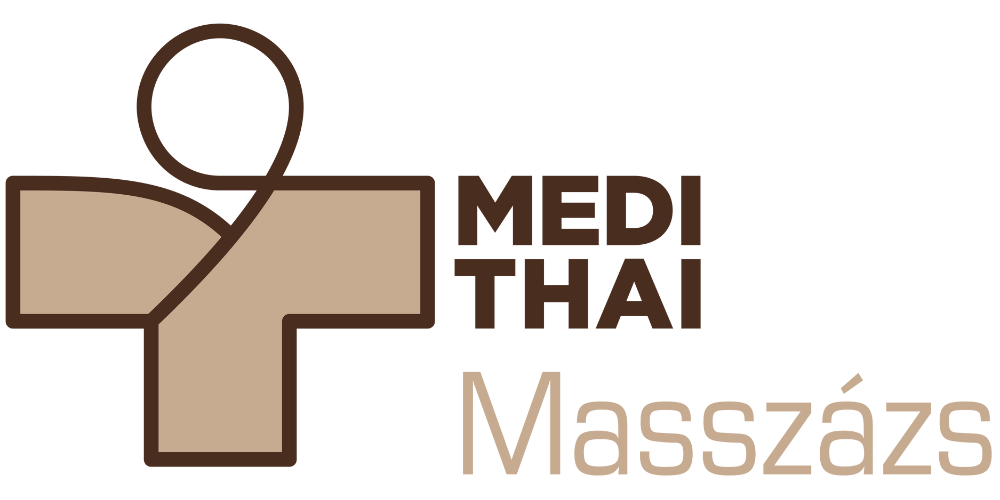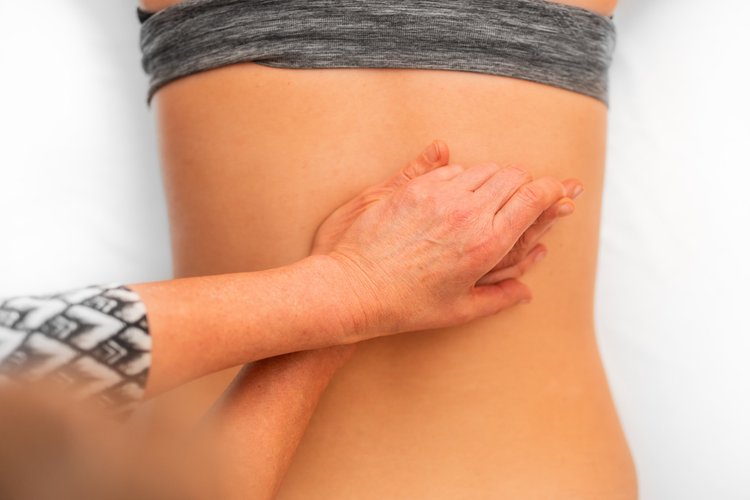According to Hippocratic writings written around 400 BC, doctors must be proficient in massage. Classical massage has five basic grips, smoothing, kneading, rubbing, tapping and vibrating. Many types of healing effects are attributed to these types of massages. In addition, massage has a beneficial effect on our nervous system. The stimuli absorbed by the nerve endings in the massaged area enter the reticular and limbic part of the brain and from there enter the cerebral cortex. This explains, for example, the calming effect of a slow, smoothing massage. While Western medicine is characterized by a quantitative approach, Eastern and traditional Chinese medicine are characterized by a qualitative approach. The basic concept of the latter is the interaction of yin and yang (emptiness-completeness, hot-cold). Diseases are caused by the disharmony of yin and yang. Thus, the goal of oriental acupressure and massage is to restore the harmony of yin-yang. German neurophysiologist M. Zimmeermann dates back to the end of the 20th century, he pointed out that the treatment points of oriental massage and acupressure largely coincide with the myofascial trigger points of Western medicine. Western medicine, however, has so far found insufficient scientific evidence for the reflex zone theory of the foot, i.e, the healing of internal organs through foot massage. What is certain, however, is that better blood circulation in the usually overloaded sole causes better well-being, which also indirectly has a positive effect on the condition of the whole body.

